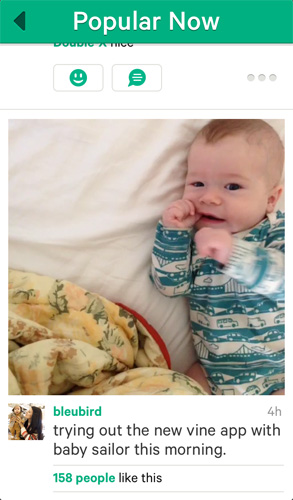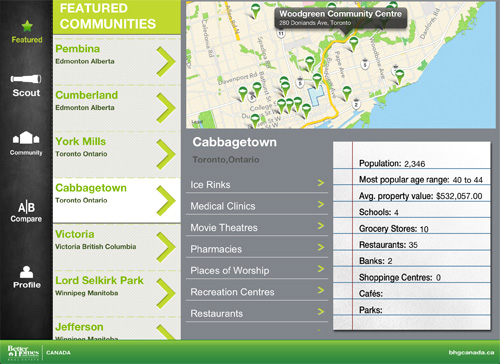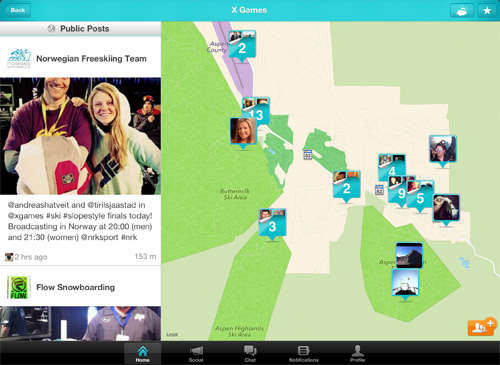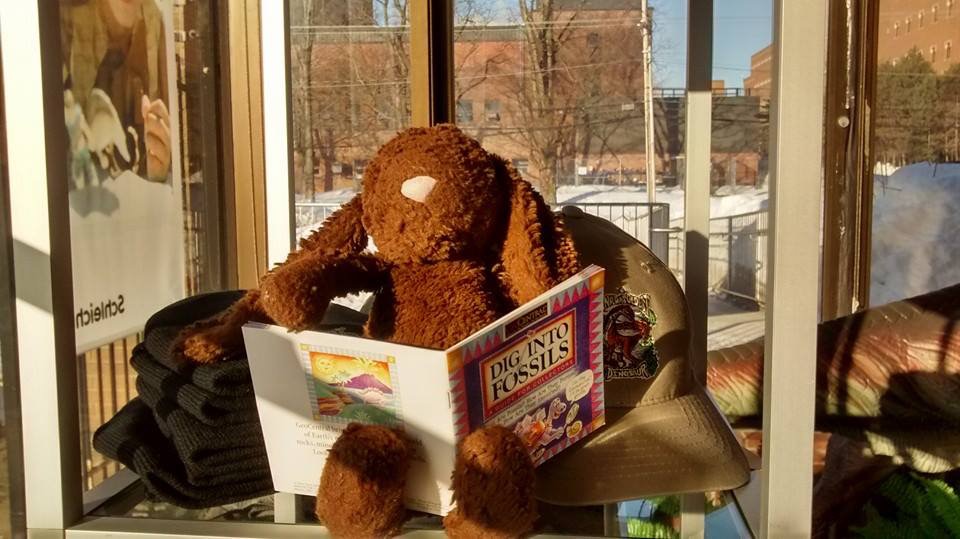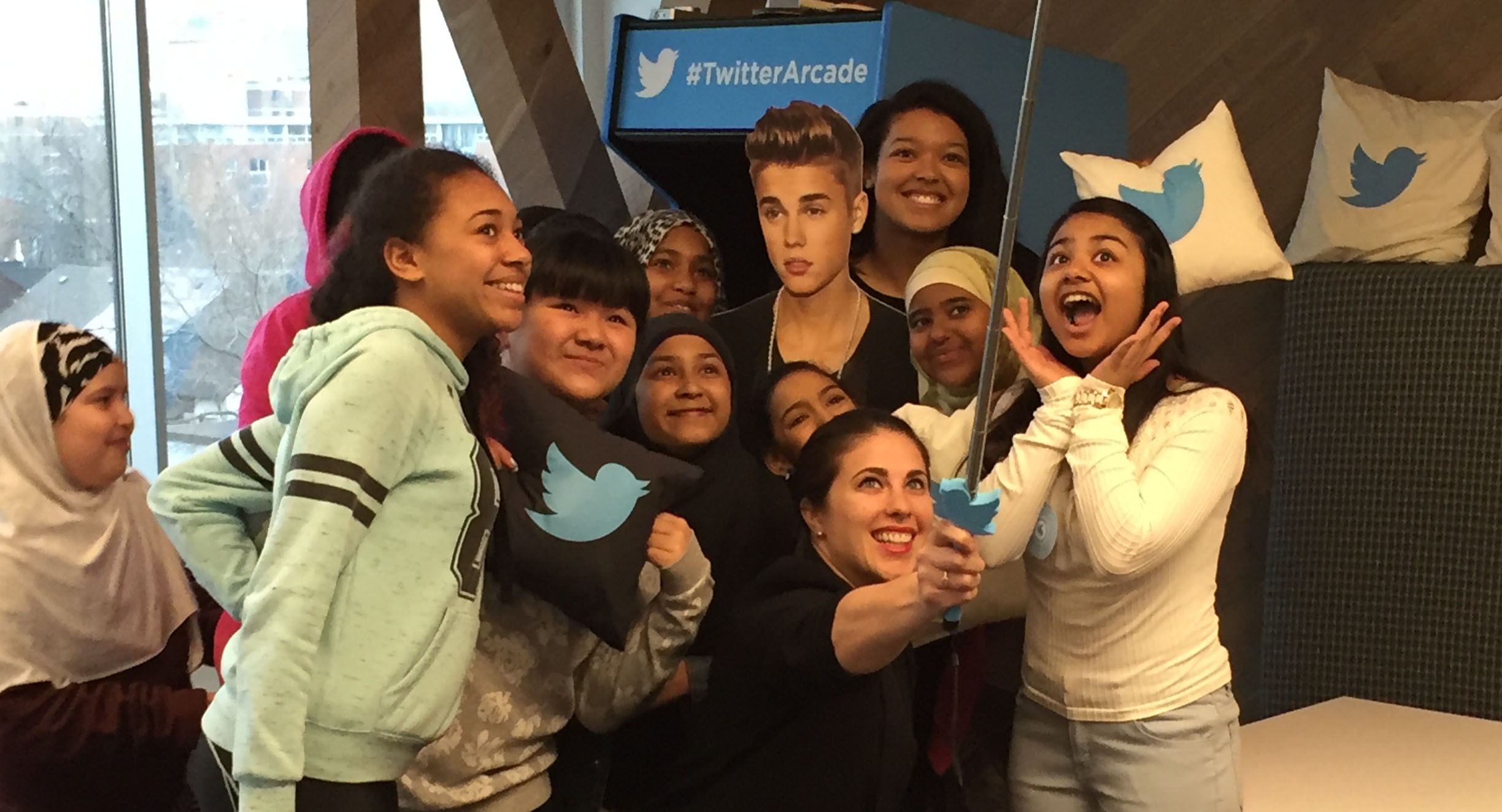Twitter brings their philosophy to video this week and we’ll explore what that means, then it’s location, location, location with apps for real estate and following real world events around the world.
Vine – Make A Scene
Free
Twitter has come up with the video equivalent of their short-messaging network and it’s called Vine. Just as a tweet is limited to 140 characters of text, a vine is limited to just six seconds of video. It also limits your camera to a simple point-shoot-share process. Once your camera is lined up, you must hold your finger against the screen to record. Remove your finger and it will pause, allowing you to point your camera elsewhere before recording again. Reach six seconds and you’re done. There’s no saving, no editing, and no importing, and you must post the clip online before you can do anything else.
This means, that just as you have to adapt to find ways to condense information into a tweet, you also have to find tricks that will let you fit the movie you’d like to share into a vine. These momentary clips can be shared across Twitter, Facebook, and Vine’s own side network designed to make it easy just to browse Vine videos on their own. Again, to keep things simple, there are no playback controls, the clips simply loop over and over again until you scroll away from them.
I find that Vine only works when users are truly inspired. Inane videos are more annoying than inane tweets and so sharing for the sake of sharing through video simply doesn’t work.
Community Scout
Free
This real estate app from Better Homes & Gardens Canada offers detailed information about neighbourhoods throughout the country. From Cabbagetown here in Toronto to South Pandosy in Kelowna, B.C. over to Halifax, Nova Scotia, it keeps an updated statistical look at more than 2,400 communities.
For each it will tell you the population, the common age range, and the average income. It will also offer ratios for the mix of languages spoken, of rented versus owned properties, and single versus married households. From there is dives into a long list of neighbrouhood services including schools, banks, grocery stores, restaurants, and so much more.
What I like about the app is the different visual methods used for exploring all this information. Infographics offer symbols and stick figures along with charts to make it easier to identify the numbers while a comparison view lets you pull up the stats for two communities to help spot quickly see the differences. With a map view, pins can be dropped for each service in the area so you can see just how the schools and hospitals are spread out.

Community Scout won’t be of much help if you’re looking to snoop on your neighbours or compare property values in your area, but as a tool designed to encourage new home shoppers to see the bigger picture, it’s handy to have.
Ban.jo
Free
With Banjo you follow locations and events instead of people on social media. Let’s say you’re at home, watching the Oscars. Banjo will collect all the photos and tweets being sent by people actually on the red carpet. The same will go for the Superbowl with people who are at the game in New Orleans.
Ban.jo will put the spotlight on major events, like the Winter X Games going on right now in Aspen, or you can enter in a specific country or address to create a custom location to follow. The app then pulls up a map of users who are sending out content publicly and with GPS data active along with a traditional feed you can scroll through.
The result is very different from following a hashtag on Twitter in that you get everything being posted within that circumference including tweets, Facebook updates, and Instagram photos. You’re not following a conversation, instead you’re in the middle of everything being said, as if you’re there and it’s all around you.
When Ban.jo first launched as just an iPhone app, the idea was that it could help you follow friends at their location (it will notify you if a friend is nearby), but with a new launch on Android and iPad this week, Ban.jo is now focusing on delivering a “second screen” experience for people watching TV at home and who’d like more information on the events they’re watching. This strikes me as being more valuable in use.

